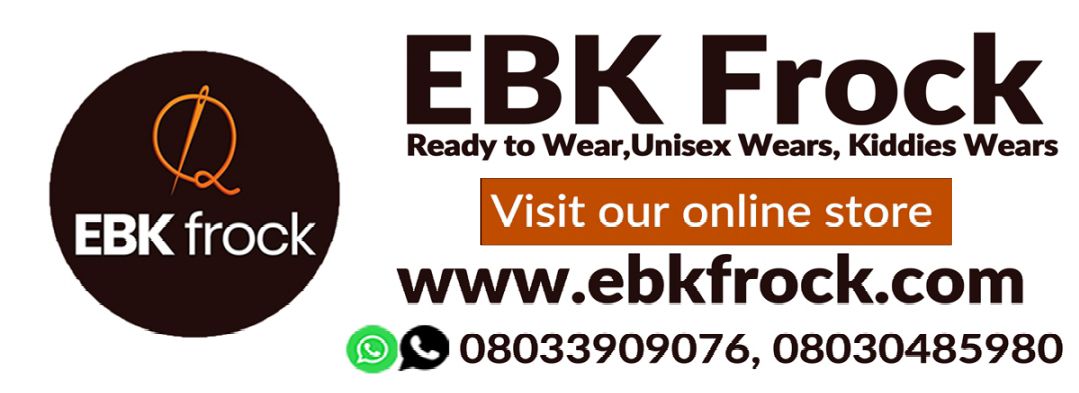With the recent licence revocation of some microfinance institutions, the Nigerian economy is currently being serviced by about 700 microfinance banks. Matched with the estimated 36.9 million existing micro businesses, there are an average of 53,000 businesses competing for funding from each available micro-lender. But the nagging poor access to funding for micro businesses is much deeper than this ‘simple’ arithmetic, GEOFF IYATSE writes.

The most widely-accepted recent labour force data, which were generated in the fourth quarter of 2020, give a rough idea of how a vibrant micro business environment could help to deal with the country’s unemployment. The data – the most widely referenced by economists till date – estimate the unemployment rate at 33.3 per cent. In absolute terms, 23,187,389 Nigerians are jobless.
According to a study by SME Finance Forum, a programme the International Finance Corporation (IFC) and Global Partnership for Financial Inclusion are affiliated with, Nigeria has a total of 36,921,740 micro businesses. The actual figure could be debated but the estimate is not remarkably different from 39 million micro, small and medium-scale enterprises (MSMEs), a 2021 survey by the Small and Medium Enterprise Development Agency (SMEDAN), suggests.
If both NBS and SME Finance Forum/SMEDAN data are correct, it thus suggests that any policy – including an increase in access to funding – that helps available micro businesses to scale up to the point of engaging an additional employee could bring the country’s unemployment rate to zero and, perhaps, push the country to a tight labour market.
That assumption sounds simplistic and theoretical and contradicts the postulation of the steady rate of unemployment and how that could sustain stable growth. Yet, it gives a broad idea about the potential in the micro business environment to create jobs.
The Chairman of the Presidential Committee on Tax Policy and Fiscal Reforms, Taiwo Oyedele, during his days at PwC, alluded to this prospect when he spoke at an event hosted by the Chartered Institute of Bankers of Nigeria (CIBN) where he advocated fiscal incentives for MSMEs with job creation as the look of success. The support, he said, could come in the form of giving them access to funding.
Many times in business schools, there are arguments that the most critical need of a business is not financing. Yes, some things come ahead of money, but access to affordable funding is a vehicle that takes entrepreneurship from the point of a great idea to the market.
Sadly, millions of micro businesses in Nigeria are stuck in-between such great ideas and markets, perhaps as a result of what many experts have described as the unfriendly financial system.
Today, according to the SME Finance Forum, the unmet financial need of Nigeria’s MSMEs is $158.13 billion or an average of $4,200 (N3.2 million) per enterprise. The amount is huge compared to the depth of the country’s financial market. But it (or the entire problem) is even bigger when it is weighed against the current access, which is estimated at a meagre 0.06 per cent.
Whereas the enterprises have different degrees of funding constraints, the SME Finance Forum classifies 3.35 million enterprises as fully constrained. Those are businesses that are unable to turn their ideas into bankable projects, much less marketing the commercial viabilities of their innovations.
Nigeria’s nagging micro-funding gap
Match the Nigeria situation with Bangladesh. Why Bangladesh? The Asian country has a similar population character with Nigeria; it was at a similar economic development stage until recently and lent Nigeria its current microbanking model. Its MSME gap is still high at 67.3 per cent but not comparable to Nigeria’s 99.94 per cent gap.
Only 0.06 per cent of Nigeria’s MSMEs borrowing need or $101.4 million is met. The figure is 0.5 per cent of the current $18.94 billion lent to Bangladesh small businesses. The divergent funding also tends to manifest in the speed at which micro businesses transition to SMEs. In Nigeria, the ratio of micro to SMEs is 507 to one whereas in the referenced Asian country, it is 13 to one. There are 900,000 SMEs in the country as against 6.9 million micro businesses that exist in Bangladesh.
Nigerians create micro businesses faster than their peers with the number of businesses in the space that are formally registered over five times more than the comparative country. But the number of SMEs in Bangladesh, a country with a smaller population, is over 1,200 per cent higher than Nigeria’s 72,838.
South Africa does not compete with Nigeria in terms of the number of formally registered micro businesses even in terms of per capita. There are close to six micro businesses per Nigerian but about 107 per citizen in South Africa. But the trend reverses when it comes to the speed of transition to bigger businesses with South Africa holding claim to 104,479 SMEs.
The quality of micro-businesses in the Rainbow Nation is also far ahead of that of Nigeria. The funding gap of the entire MSMEs ecosystem is 42.3 per cent while the current access volume is $42.5 billion – that is 435 times the credit extended to MSMEs in Nigeria.
Nigeria has the number but MSMEs in regional leading economies, including Egypt, Algeria, Ethiopia, Morocco and Kenya, are better funded, creating an unfair disadvantage for the Giant of Africa in competing at the continental and global market. The continental rivals may not have the number of microfinance banks (MFBs) in Nigeria, but they tend to be more efficient in funding the critical micro business.
But even in quantity terms, the number of micro institutions may not be sufficient to cater to the huge number of microenterprises, which may have contributed to the rising number of unserved or underserved businesses.
As at June of 2021, the number of registered MFBs was 876, while the Central Bank of Nigeria (CBN) in one fell swoop revoked the licences of 139, bringing down the number to less than 700. Thus, for every MFB, about 53,000 microenterprises are waiting in the queue for funds. That alone puts enormous pressure on the efficiency of the system.
The birth of a noble dream
With the need to give a lifeline to the struggling and unserved micro businesses and the obvious funding gap as the big picture, the Nigerian microfinance policy was scripted in 2005. That gave opportunities to hundreds of community banks and other lending institutions to apply for licences. Indeed, hundreds of them were licensed with a clear mandate to reach the financially excluded areas.
The first challenge, most experts observed, was the challenge of mobilising sufficient deposits. Some of the players did not think they were different from commercial banks in terms of operations and routes to market. Hence, they began to compete with more stable commercial banks, in terms of the mode of marketing and operations.
Founder of Lift Above Poverty Organisation (LAPO), an institution that transformed into a pioneer MFB, Dr Godwin Ehigiamusoe, in an interview with The Guardian some years ago, said the inability of the operators to articulate their distinct routes to market, align with the reality of micro-lending in their operations and design a modus operandi that suites market peculiarities were the graveyard of the gale of collapse that followed the celebrated take-off of the sector.
Also, a large number of MFBs that were doing well were subsidiaries of commercial banks, who only cashed on the opportunity to advance their commercial objectives contrary to the social investment and pro-poor philosophy of the founder of the modern microfinance model, Dr Muhammad Yunus of Grameen Bank of Bangladesh.
Nigeria has witnessed layers and strands of transformation in the sector in the past 18 years. But the Yusus social investment philosophy that is driving the remarkable growth of MSMEs in China, India, Bangladesh as well as some African countries like Rwanda, which instigated the Nigerian model is still lacking.
MFBs as lenders of last resort to poor Nigerians
Indeed, new players have emerged, increasing activities in the space, especially with their adoption of digital-first operations. But if anything has changed, the cost of funds has gone up for the critical sector. For instance, some of the lenders charge as much as between five and 10 per cent interest rate monthly while a few charge even higher.
Unlike commercial bank customers, the largely financially excluded microbusinesses pay over 100 per cent interest rates and much higher where there are default penalties. Of course, processing turnaround is faster and disbursement almost instant, but the speed comes with huge costs, described as unfriendly by many borrowers.
Most of the newcomers have been around for some years but the majority of them only caught the attention of the public earlier this year when the country was caught in a currency squeeze. Today, across the country, the majority of the flourishing MFBs banks are better known as transaction banks than as micro-lenders, with their mobile apps giving opportunities to subscribers to pay utilities, buy airtime and pay for services on the go. The majority of borrowers of the operators think of their existence when informal lending sources fail and there is nowhere else to turn to, The Guardian gathered from the market.
The CBN, about 18 years ago, birthed an ecosystem to mobilise funds for lending to small businesses that are needed to grow an inclusive economy. But today, those who have benefitted from that initiative have transformed themselves into champions of ‘comfort banking’ and lenders of last resort to millions of poor Nigerians.




